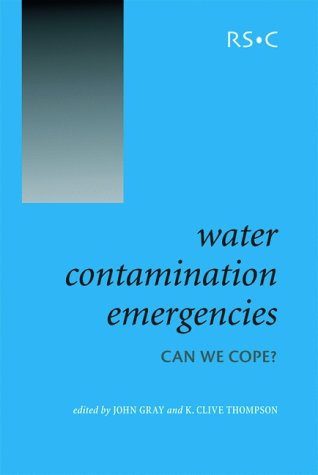

Most ebook files are in PDF format, so you can easily read them using various software such as Foxit Reader or directly on the Google Chrome browser.
Some ebook files are released by publishers in other formats such as .awz, .mobi, .epub, .fb2, etc. You may need to install specific software to read these formats on mobile/PC, such as Calibre.
Please read the tutorial at this link: https://ebookbell.com/faq
We offer FREE conversion to the popular formats you request; however, this may take some time. Therefore, right after payment, please email us, and we will try to provide the service as quickly as possible.
For some exceptional file formats or broken links (if any), please refrain from opening any disputes. Instead, email us first, and we will try to assist within a maximum of 6 hours.
EbookBell Team

4.8
44 reviewsContamination of water supplies, whether by chemical, biological or radioactive agents, requires a rapid and effective response in order to reduce or avoid impact on the environment or consumers.
Using seven major incident case studies (including the Milwaukee Cryptosporidium incident, Chernobyl and the UK Foot and Mouth outbreak), Water Contamination Emergencies looks at the complete handling of emergency incidents relating to water contamination emergencies. With contributions from experts involved in real life international incidents, the book also looks at: monitoring requirements; trying to prove the absence of contamination; novel approaches to screening analysis; health risks; the importance of efficient communication; the perception of the public; and the international height of alert situation with respect to potential terrorist acts.
Anyone involved in water contamination emergencies, whether researchers and professionals in the water or health industries, or government agencies, should welcome this title as a review of lessons learnt in the past and as an identification of ways in which to improve response in the future.